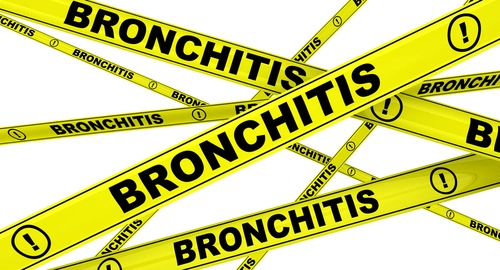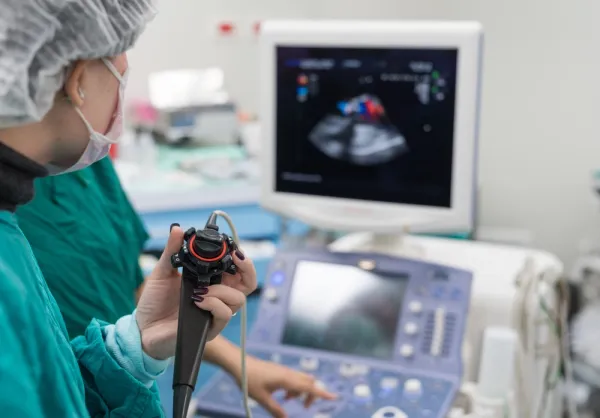Your Physician's Notes Reveal Diagnosis Codes -- You Just Have to Know Where to Look

If the doctor does not circle a diagnosis, it may be up to you to find one.
Don’t let an incomplete superbill damage your chances of submitting an accurate claim. If the doctor in your office fails to indicate the ICD-10 code for the condition that he treated, you should read through his documentation to find which diagnoses you should report.
Open the Notes When You Have to -- and Even When You Don’t
Suppose your physician hands you a superbill with the procedures circled and the diagnosis left blank, accompanied by the patient’s complete chart and encounter notes.
You could ask the physician which diagnosis to report, or you could examine the documentation yourself. If your office has a policy that includes “coding by abstraction” by certified/qualified coders, then submitting charges based on what is supported (documented) in the note is appropriate. The physician should be signing off on these charges as part of your internal policy.
In fact, some practices choose to review the documentation and compare it against any diagnoses recorded on the superbill, even when they aren’t required to do so. This ensures that the documentation matches the code selection every time, and also gives the practice a backup look at the file—the coder is ensuring that the physician marked a diagnosis that is clearly denoted in the chart.
When in Doubt, Confirm With the Physician
If you are new at coding diagnoses from the physician’s notes, you should double-check your code selections with the practitioners before submitting your claims.
Until a coder feels comfortable with the ICD-10 books and the codes used more often in their offices, it’s a good idea to run the choices by a clinician. You never want to give a patient a disease or symptom they don’t have or one more severe (or less) than what they have. This is also beneficial to the physicians, because it may prompt them to learn how to better document the patient’s condition into their notes.
Tip: Make sure your office creates a policy in writing that spells out what you should do when you encounter a superbill with no diagnosis listed. Some physicians prefer that you ask them for information, while most others rely on their coders to select an accurate code.
Check the Notes for Clues
Consider this example of a situation in which the coder must fill in the gap when the doctor has not written a diagnosis code on the patient’s superbill.
Example: The physician’s superbill shows a level-three office visit with a patient wearing a lumbar orthosis. It also shows a date of injury of three days prior to the date of service and is missing the diagnosis code.
First step: You refer to the dictation, which reads: “The patient is a 73-year-old female being evaluated for lumbar pain. The low back pain started on 2-8-16 when she fell in her apartment.” The physician completes the remaining history, review of systems (ROS), past family and social history (PFSH), and exam.
Moving down through the chart note, you see that the patient brought an MRI and x-ray with her from the emergency room, which demonstrated a hairline fracture to the patient’s third lumbar vertebra (L3).
Under a separate heading, the doctor has given his assessment, which states, “Closed L3 fracture, benign.”
Next step: You look up “fracture” in the ICD-10 manual and the most specific body area listed is “vertebra, lumbar, third,” followed by options such as “burst” fracture and “wedge compression” fracture. This patient has neither, so you’ll revert to “specified type NEC,” which is S32.038 (Other fracture of third lumbar vertebra).
You turn to the tabular list and read the information under the “fracture of lumbar vertebra” heading to check for exclusions and see that none apply in this case. You search under S32.03 to see if by chance the book lists codes for benign or traumatic fractures, which it does not.
However, ICD-10 does instruct you to add a seventh character to the lumbar fracture codes, depending on whether the patient is being seen for an initial encounter, a subsequent visit or for sequela, and to denote the type of fracture. In this case, the patient is being seen for an initial encounter to address a closed fracture, so you’ll add the seventh character “A” after the code, making the correct choice S32.038A (Other fracture of third lumbar vertebra, initial encounter for closed fracture).




